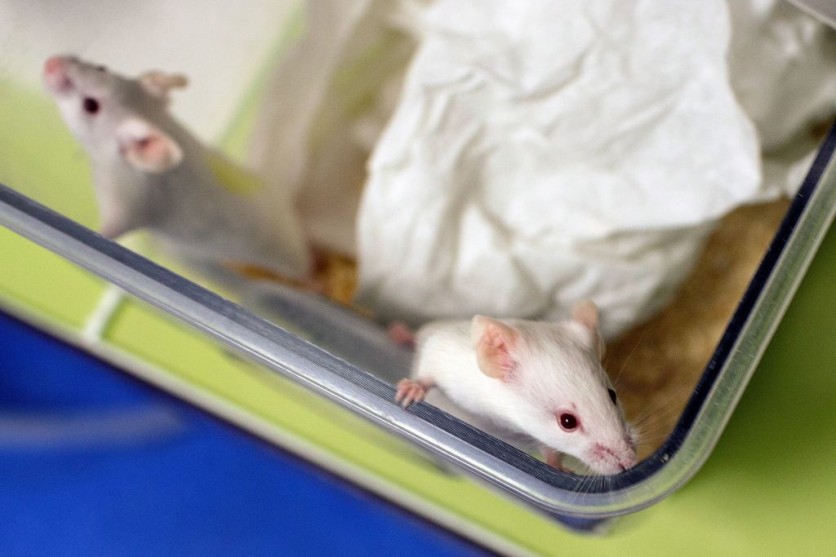A groundbreaking robotic headgear has emerged, revolutionizing brain activity studies in mice. This innovative device allows mice to move freely while being connected to heavy brain-recording machinery, eliminating the need for fixed positions and rigid restrictions.

Allowing to Track Brain Activity in Motion
In a stunning leap forward for neuroscience, scientists have unleashed mice from the shackles of immobility, thanks to an extraordinary robotic headgear. Interesting Engineering reported that they can roam freely while their brain activity is meticulously recorded. This jaw-dropping development holds enormous promise for unraveling the neuropathy and other enigmas of the brain.
Back then, researchers had to constrain these curious creatures, limiting their range of motion and clouding the accuracy of their brain studies. With the futuristic robotic headgear, these mice now have the power of mobility at their paws, leading to mind-blowing discoveries in the realm of neuroscience.
The difference is night and day. It's like opening a door to a whole new dimension of research possibilities, exclaimed Ted Abel, the esteemed chair of neuroscience and pharmacology at the University of Iowa in Iowa City. "The vestibular system and interoception are important for navigation, and these sensations don't show up if the head is fixed," he added.
It's a neuroscience revolution, one that promises to unlock the secrets of the mind with unprecedented clarity. The possibilities seem limitless. From uncovering hidden neural pathways to deciphering the inner workings of complex brain disorders, the robotic headgear has set the stage for an era of breakthroughs in brain research.
Dubbing it as Cranial Exoskeleton
Dubbed the "cranial exoskeleton," Spectrum reported that this robotic headgear is paving the way for a revolution in neuroscience research. Equipped with three agile arms, the exoskeleton precisely senses the mouse's movements and follows its every step, all while recording intricate brain activity data.
Gone are the limitations of fixed positions under microscopes; now, mice can explore their surroundings freely, providing researchers with invaluable insights into their natural behaviors. As technology continues to evolve, we are poised on the brink of groundbreaking discoveries that could revolutionize our understanding of neural dynamics and reshape the future of neuroscience.
By capturing brain responses as mice explore and interact with their environment, researchers are gaining unparalleled insights into cognitive processes, neural plasticity, and even potential treatments for brain disorders.
Researchers conducted tests involving a 3D-printed implant that seamlessly connected a mouse's brain to cutting-edge robotic headgear. The robotic headgear, synced with the mouse's movements, acted as an extension of the mouse's natural motion, reporting data gathered during their exploration. Remarkably, the mice navigated mazes and performed decision-making tasks with remarkable ease, just like their unrestricted counterparts.
Pin-Hao Cheng reported that the experiment revealed that the robotic headgear had no adverse impact on the mice's innate ability to move freely, showcasing its potential as a seamless brain-to-robot interface.
Related Article : Scientists Create Mini-Brain Organoids Using Stem Cells

ⓒ 2025 TECHTIMES.com All rights reserved. Do not reproduce without permission.




